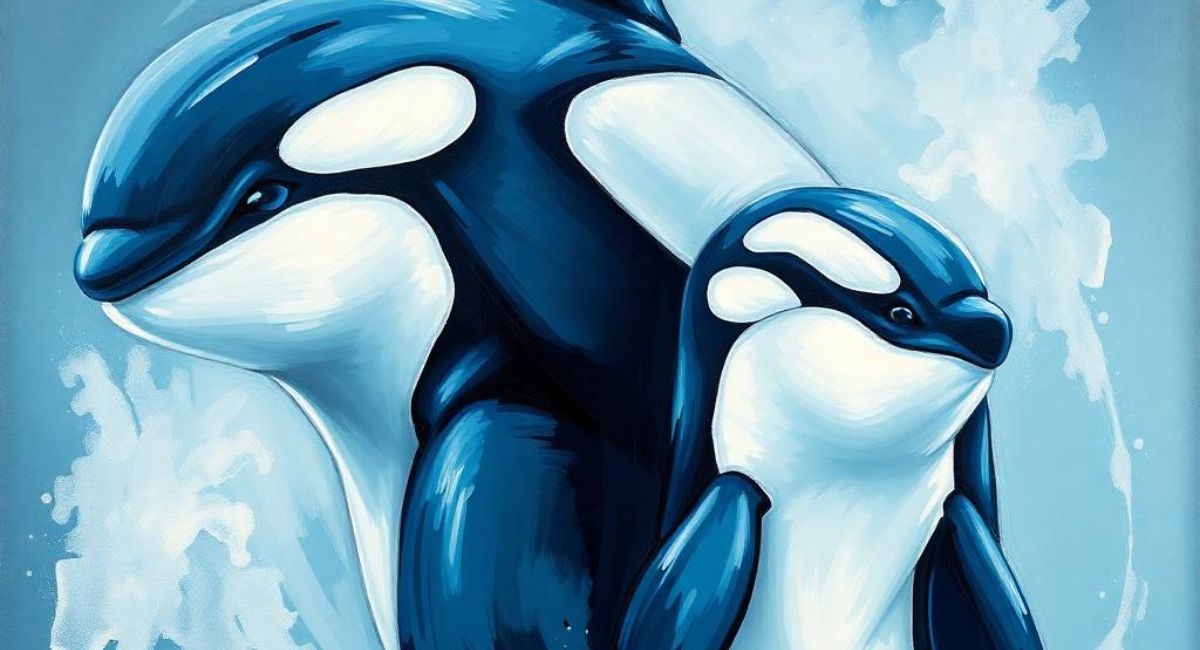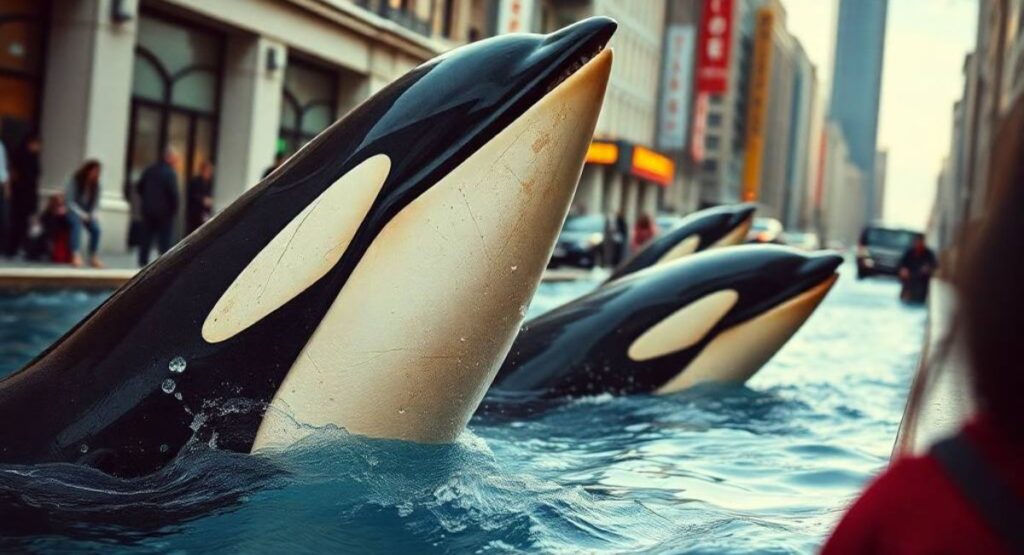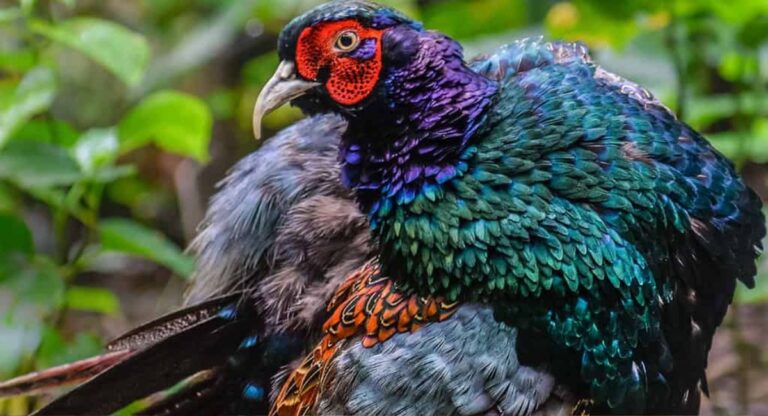
One artistic outlet has always been a way of connecting with nature, and one theme that inspires artists across the globe is orca whale drawing. These creatures termed “killer whales” can be thought of as having the strength of the seas, but they have beauty, elegance, orca whale drawing intelligence, and charm. Their contrasting colors and graceful racing through open waters approached are a joy to sketch on paper or onto canvas.
Whether you are a beginner artist looking for step-by-step tips, a student working on marine biology art, or an advanced illustrator perfecting your craft, learning how to create a stunning orca whale drawing can be both fun and educational.
In this comprehensive guide, we will explore everything from the basics of sketching an orca whale to advanced shading, realistic techniques, digital drawing tools, and even tips for creating unique artwork styles. By the end, you will not only know how to draw orcas but also understand the deeper meaning behind incorporating these magnificent creatures into your artwork.
Why Orca Whale Drawings Are So Popular
Orca whales have become a favorite subject among artists for several reasons:
- Striking Appearance – The sharp contrast of black and white patterns on their bodies makes orcas visually appealing and easy to recognize.
- Symbolism – In many cultures, orcas symbolize family, harmony, intelligence, and spiritual connection with the ocean.
- Artistic Challenge – The smooth curves, sleek body, and distinctive dorsal fin give artists a chance to test their skills in proportion, anatomy, and shading.
- Educational Value – Teachers and students often use orca whale drawings to study marine life, ecosystems, and wildlife preservation.
With these reasons in mind, it’s no wonder that thousands of people search for orca whale drawing tutorials and references every month.
Understanding Orca Whale Anatomy for Drawing
Before putting pencil to paper, it’s important to understand the basic anatomy of an orca whale. This knowledge helps you create a drawing that looks realistic rather than cartoonish (unless you’re aiming for a stylized version).
- Body Shape: Orcas have a torpedo-shaped body, designed for speed and agility.
- Dorsal Fin: The tall, triangular dorsal fin is one of their most distinguishing features, especially in males.
- Flippers: Rounded paddle-like flippers help them steer.
- Tail Fluke: The horizontal tail is wide and powerful, used for propulsion.
- Color Patterns: Black upper body, white underside, white eye patch, and gray saddle patch behind the dorsal fin.
When sketching, focus on smooth curves, symmetry, and proportion. A well-structured outline is the foundation of a great orca whale drawing.
Step-by-Step Guide: How to Draw an Orca Whale
Step 1: Start with Basic Shapes
- Draw an oval for the body.
- Sketch a triangle for the dorsal fin.
- Add small ovals for flippers and a horizontal shape for the tail.
Step 2: Refine the Outline
- Smooth out the shapes to resemble the whale’s sleek body.
- Adjust proportions – remember that the body is longer than wide.
Step 3: Add Facial Details
- Mark the location of the eye patch.
- Draw the mouth line – slightly curved, giving the whale a natural expression.
Step 4: Sketch the Fins and Tail
- Smoothly connect the flippers to the body.
- Make the tail symmetrical and horizontal.
Step 5: Add the Black-and-White Patterns
- Carefully outline the white belly and side patches.
- Include the saddle patch behind the dorsal fin.
Step 6: Finalize with Shading
- Shade the black areas deeply for contrast.
- Blend smoothly into lighter areas for a realistic look.
Realistic Orca Whale Drawing Techniques
If you want your drawing to look lifelike, here are some pro tips:
- Reference Images: Use real photos of orcas for accuracy.
- Pencil Pressure: Apply strong pressure for deep blacks, lighter strokes for shading.
- Blending Tools: Use blending stumps or tissue paper for smooth transitions.
- Texture: Orca skin is smooth, so avoid heavy textures unless you’re creating a stylized effect.
- Lighting: Consider where the light source is coming from in your drawing for natural shadows.
Cartoon and Stylized Orca Whale Drawings

Not every orca whale drawing needs to be hyper-realistic. orca whale drawing Cartoon-style orcas are popular in children’s books, logos, and educational posters.
- Exaggerated Features: Large eyes, smiling faces, and rounded bodies.
- Bright Colors: Adding blues or playful shades instead of strict black and white.
- Simplified Shapes: Easy for kids and beginners to replicate.
This style is perfect for teaching children about marine life in a fun, engaging way.
Digital Orca Whale Drawing
In today’s world, many artists prefer digital tools over traditional sketching. Programs like Procreate, Photoshop, and Illustrator offer endless creative opportunities.
Benefits of digital orca whale drawings:
- Easy to correct mistakes.
- Ability to experiment with colors and textures.
- Layering options for detailed artwork.
- Animation possibilities for moving orcas.
Digital art also makes it easier to share your drawings online, whether for a portfolio, social media, or selling prints.
Orca Whale Drawing for Kids
Children love drawing orcas because they are easy to recognize and fun to color. A simple step-by-step approach works best:
- Draw an oval body.
- Add a triangle dorsal fin.
- Sketch flippers and a tail.
- Add eye patch and smile.
- Color in black and white.
This simple activity helps kids improve motor skills while learning about ocean animals.
Creative Ideas for Orca Whale Art
Once you master the basics, you can experiment with unique art styles:
- Abstract Orca Whale Drawing – Use geometric shapes and bold colors.
- Tribal Style Orca – Inspired by Native American and Pacific Northwest art.
- Underwater Scene – Add other marine creatures, coral reefs, or ocean waves.
- Surrealism – Combine orcas with imaginative elements like galaxies, islands, or floating shapes.
The possibilities are endless, and each drawing can reflect your own creativity.
Common Mistakes in Orca Whale Drawings (and How to Fix Them)
- Proportion Errors – Avoid making the dorsal fin too small or too large.
- Incorrect Color Placement – The saddle patch and eye patch must be positioned correctly.
- Flat Shapes – Use shading to give depth and dimension.
- Overcomplicated Details – Keep it clean and smooth for a realistic look.
Correcting these mistakes will greatly improve the quality of your orca whale drawing.
Using Orca Whale Drawings in Education
Teachers often use orca whale drawings in classrooms to:
- Teach anatomy and biology of marine mammals.
- Raise awareness about endangered species.
- Encourage artistic creativity in students.
By combining science and art, children gain a deeper appreciation for ocean life.
Cultural and Symbolic Meaning of Orcas in Art
Orca whales hold deep symbolism in many cultures:
- Native American & Pacific Northwest Tribes: Orcas represent family, unity, and spiritual guardianship.
- Modern Symbolism: Strength, intelligence, and freedom.
- Environmental Activism: Orcas symbolize marine conservation and the fight against ocean pollution.
Incorporating symbolism into your orca whale drawing can make your artwork more meaningful and impactful.
Orca Whale Drawing Inspiration Sources
If you’re struggling with ideas, here are some ways to get inspired:
- Visit aquariums or marine life centers.
- Watch documentaries like Blackfish or Our Planet.
- Study professional wildlife illustrators.
- Explore online art platforms such as Pinterest, ArtStation, or DeviantArt.
Orca Whale Drawing and E-E-A-T (Google Guidelines)
Since this article also serves as a guide for online writers and bloggers, it’s important to note how orca whale drawing content aligns with Google’s E-E-A-T principles:
- Experience – Share personal drawing tips, step-by-step methods, and creative experiments.
- Expertise – Provide accurate anatomy details and realistic drawing advice.
- Authoritativeness – Reference marine biology facts and credible sources.
- Trustworthiness – Deliver practical, easy-to-follow instructions without misleading claims.
Following these guidelines ensures your art-related content ranks better on Google and provides real value to readers.
Conclusion
Drawing an orca whale is not just an artistic exercise – it’s an opportunity to connect with one of the ocean’s most magnificent creatures. From simple cartoon sketches for kids to realistic illustrations for advanced artists, orca whale drawing offers endless creative possibilities.
By understanding anatomy, practicing shading techniques, experimenting with digital tools, and exploring cultural meanings, you can create artwork that not only looks stunning but also tells a story.
Whether you are an art student, a hobbyist, or a professional illustrator, one thing is certain: the beauty of the orca whale will continue to inspire artists for generations to come. So grab your pencil, tablet, or paintbrush – and let your creativity dive deep into the ocean world of orca whale drawing.



